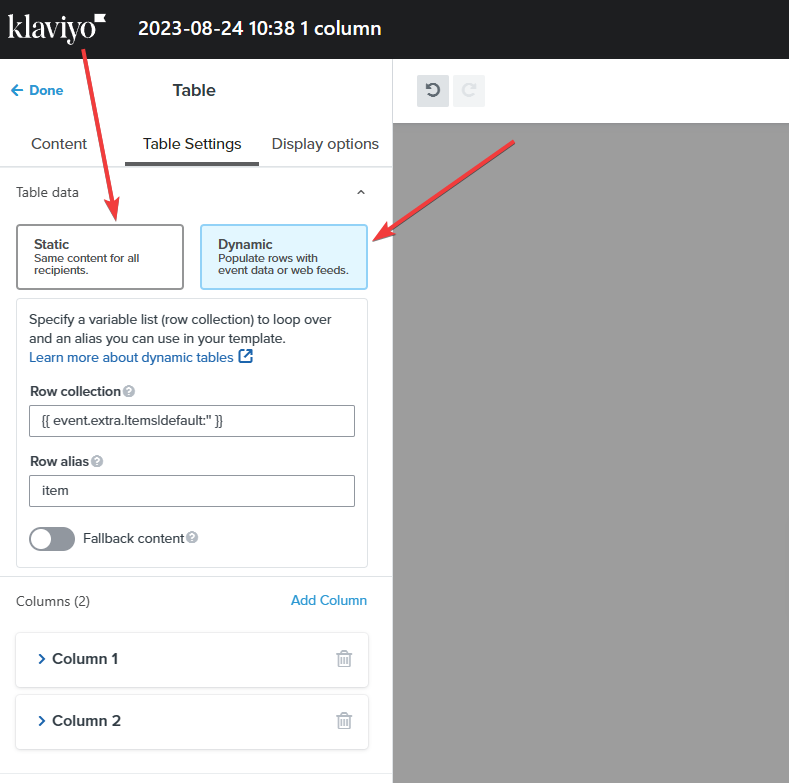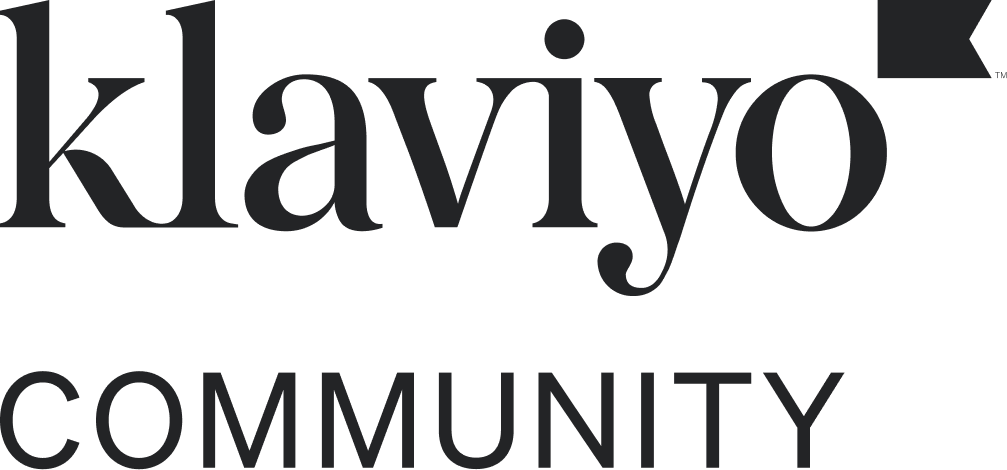Hey guys !
I’m trying to build a post-purchase flow for my client (he’s on WooCommerce).
In the first email, I’d like to show what people just bought.
I can’t find the right piece of code on Klaviyo ressources neither on YouTube.
How can I show the products that people just bought ?
Could you help me out please ?
Thanks.
Steve.
Hi
Here is the Help Center reference for common event variables:
If I understand your use case correctly, I believe you’re probably looking for these variables:
- Product Title/Name: {{ event.extra.Items.0.Name }}
- Image: {{ event.extra.Items.0.Images.0.URL }}
There are also other variables mentioned in that article, such as Product URL, Price for Product, Quantity, and Total, which will pull in the desired elements as long as the flow is triggered by a “Placed Order” event.
I hope this helps, and thanks for using the Community!
- Brian
Thanks Brian, all good now !
Cheers.
Steve.
Hi
Here is the Help Center reference for common event variables:
If I understand your use case correctly, I believe you’re probably looking for these variables:
- Product Title/Name: {{ event.extra.Items.0.Name }}
- Image: {{ event.extra.Items.0.Images.0.URL }}
There are also other variables mentioned in that article, such as Product URL, Price for Product, Quantity, and Total, which will pull in the desired elements as long as the flow is triggered by a “Placed Order” event.
I hope this helps, and thanks for using the Community!
- Brian
Brian, when it comes to Woocommece, do we use “loop” like in Shopify?
I mean, do we use Static or Dynamic in Table settings
Thanks

Hey
It doesn’t actually matter what ecommerce backend you’re connected to. Building a dynamic table block follows the same logic and method across all ecommerce backend. Only difference would be the variables as they all differ based on the event/metric used to trigger the flow.
Similarly, the table data setting you want to use of either the static or dynamic setting would depend on the event you’re building the block for. The static option would typically used for events that pass top level data or ones that don’t hold much nested data. For example, the viewed product or ordered product events. Using the dynamic option on the other hand is often used for events that pass data that are nested and/or in an array format such as a the checkout started or placed order event.
In addition to the article
David
Reply
Log in to the Community
Use your Klaviyo credentials
Log in with Klaviyo
Use your Klaviyo credentials
Log in with KlaviyoEnter your E-mail address. We'll send you an e-mail with instructions to reset your password.
